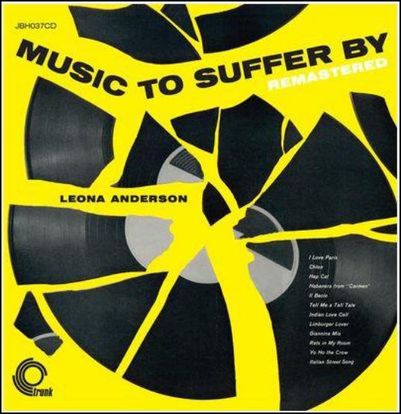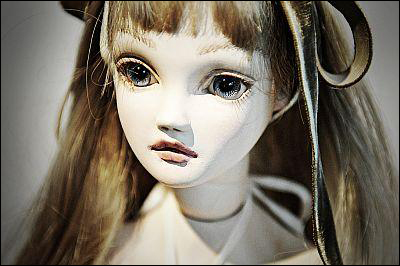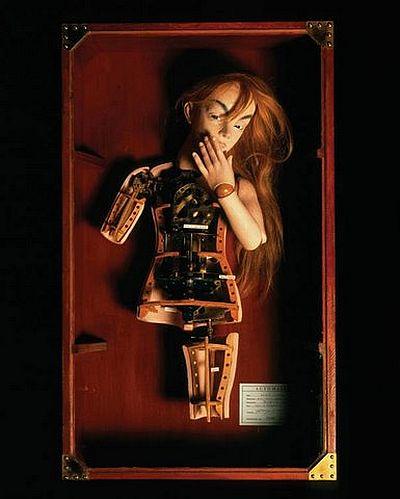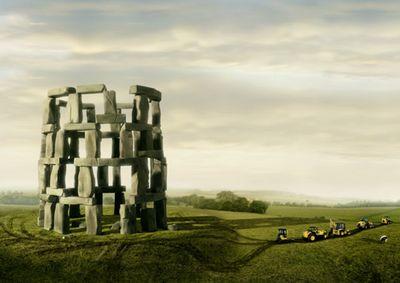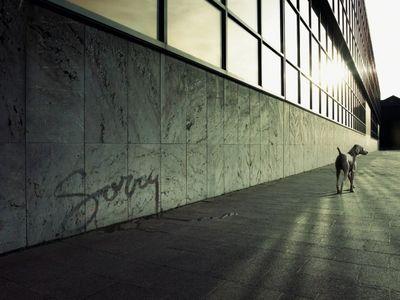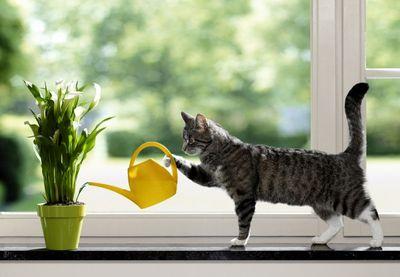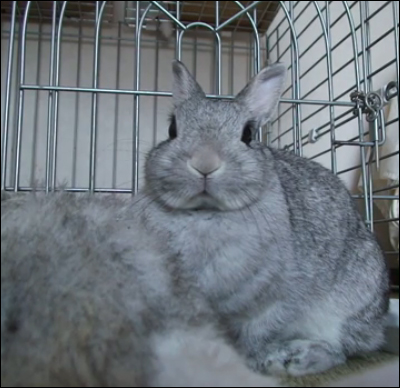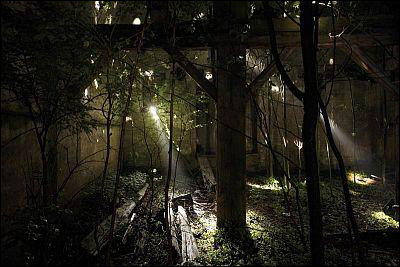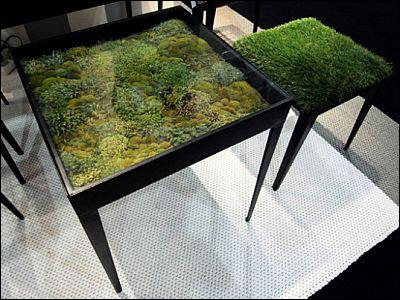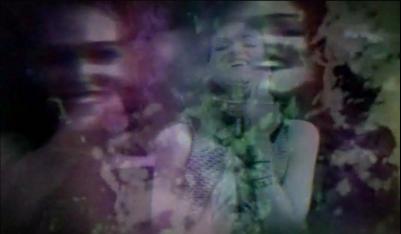HTRK: Work (work, work)

After the tragic death of bassist Sean Stewart last year, the remaining members of Australia’s HTRK –Nigel Yang and Jonnine Standish– have continued to record as a duo. Their latest release, Work (work, work), marks the beginning of a new route.
HTRK’s debut album, Marry Me Tonight (2009), produced by The Birthday Party’s Rowland S. Howard, was a modern take on the familiar musical connection between Berlin and Melbourne, a route frequented before by Howard himself, Nick Cave, Anita Lane, Phil Shöenfelt and other heroes of sultry, sticky new wave. Acute guitar structures and thick, uneasy basslines added an aggressively shuddering, no-wave influenced quality; Standish’s detached, blasé vocals completed the impression of intriguing discomfiture.
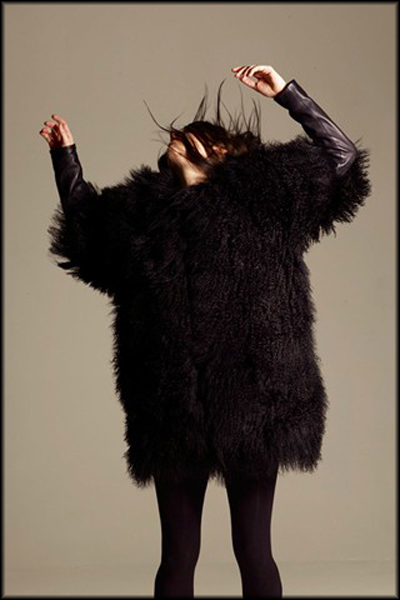
HTRK vocalist and co-composer Jonnine Standish, wearing Poltock & Walsh.
Work (work, work) is a different story, devoid of previous aggression, and filled instead with aloof blankness and withering instances of resignation. The music draws from popular retro-futuristic sources, exploring an imaginarium of digital decay, postindustrial wastelands, soulless end-of-days decadence and chemical cures for chronic anhedonia. There are echoes of mid-90s dystopian reverie, in which humans seek respite from their growing boredom and anxiety in cyberscapes or mechanical sex practices or drug delusions… although HTRK paints these millennial fears in more fashionable dress, using a production palette of all the sounds currently en vogue. Work (work, work) presents indifferent vocals, deeply steeped in slowly pouring, liquid-metal synths and distant waves of guitar noise. The songs, languidly spinning, encourage the listener to melt them together into a thick soup. Or paraffin. Or diesel oil.
The downtempo qualities can even evoke an image of post-2000 trip hop: washed out soul, dub influences, marijuana-induced laziness. Work (work, work) maintains just as suffocatingly stuffy an atmosphere – and becomes equally as decorative as trip hop eventually grew to be. At times, it sounds like a nihilistic version of electronic sentimentalists and mood creators like The XX. The band’s new music has an oddly warm quality, yet it’s a warmth more resembling an engine cooling down than a sentimental smile.
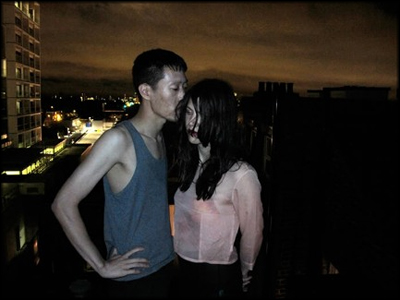
Press photo: Nigel Yang & Jonnine Standish.
Purchase Work (work, work) and other HTRK output at your local indie record shop, or directly through their record label, Ghostly International.
Upcoming HTRK Tour Dates:
- Sept 06 Portland OR – Mississippi Studios
- Sept 07 San Francisco CA – Public Works
- Sept 11 Los Angeles CA – The Echo
- Sept 14 New York NY – Home Sweet Home
- Sept 17 Brooklyn NY – Secret Project Robot
- Oct 12 Krakow PL – Unsound Festival
- Oct 24 London UK – The Garage
- Oct 30 Kortrijk BE – Sonic City Festival


